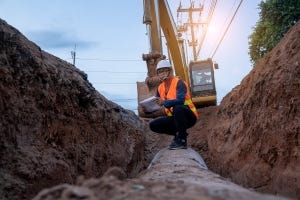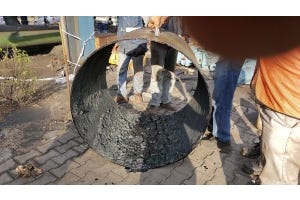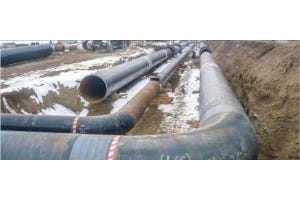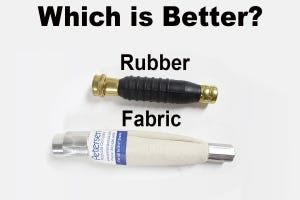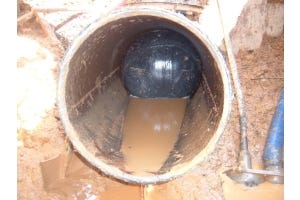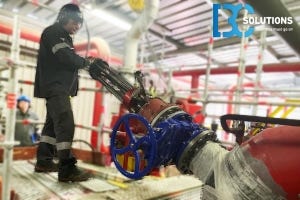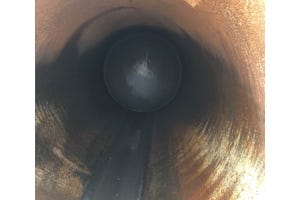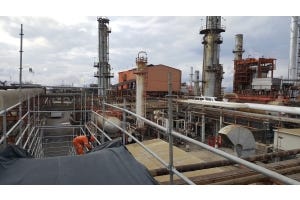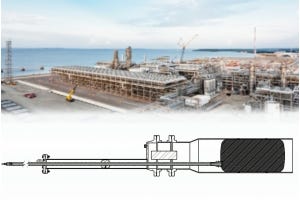How to Determine which Pipe Plug Is Best for Your Job?

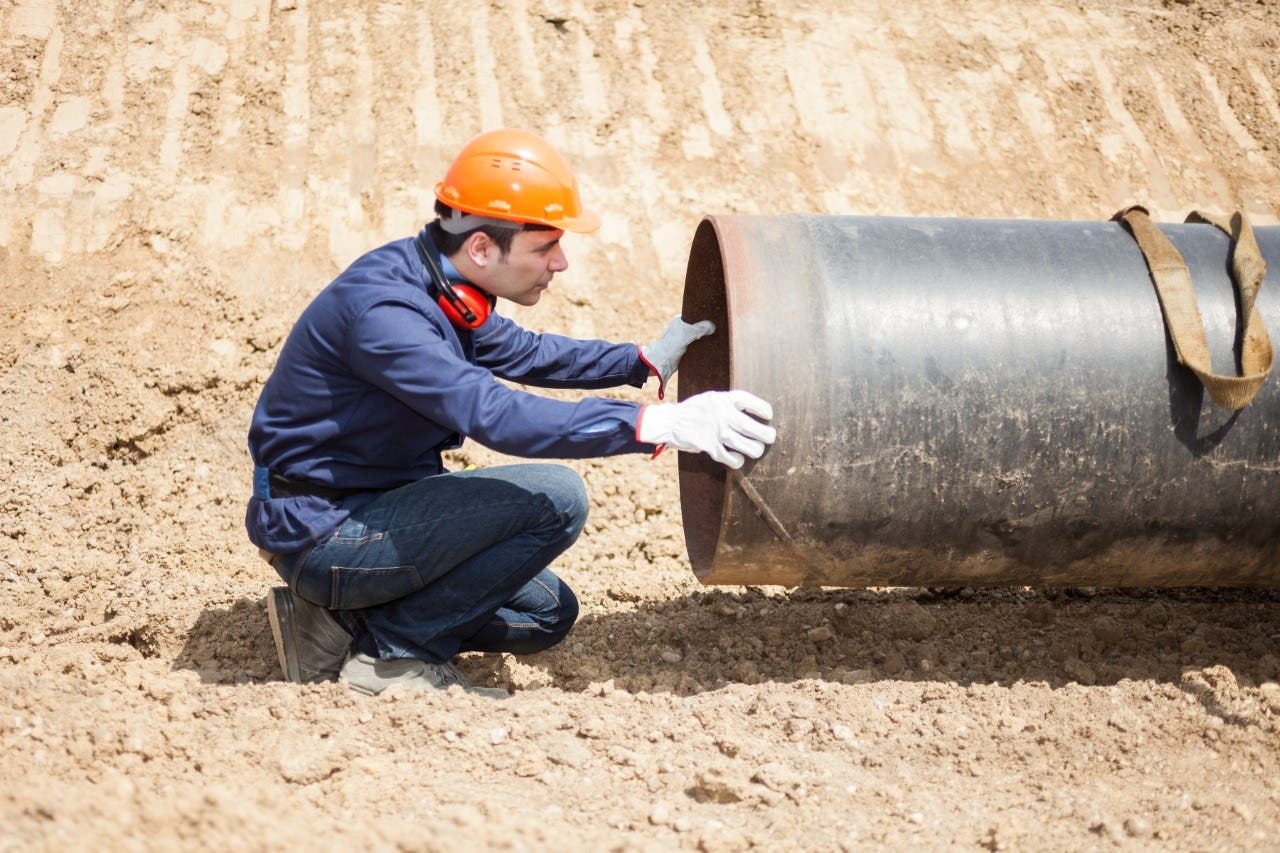
A lot of factors go into choosing the best pipe plug for your specific application. Whether mechanical or inflatable, every plug is used to block some type of media, whether water, air, sewage, or something else. Using the correct one allows you to make repairs, replace sections of pipe systems, and perform other jobs with minimal disruption to your operation.
To complete the project properly, you have to ensure your pipe plug fits the pipe and can handle the pressure, temperature, and media it’s blocking. In order to help you out, we’ve put together a list of factors that determine which pipe plug is best for specific applications.
Measure the inside diameter of your pipe
Both mechanical and inflatable pipe plugs come in a wide variety of sizes to fit different pipes. The only way they will deliver an effective seal for your application is if they fit that pipe correctly. The first step you need to take when choosing the right pipe plug is to measure the pipe’s inside diameter. The best way to find that number is to check the ID of the pipe and match it to the usage range of the plug to make sure the two are compatible together.
If you’re unsure whether a specific pipe plug will work for you, contact the Petersen team. We can help!
What will your plug be doing?
Once you understand the size of the pipe plug that you need, the next step is to ask yourself what you want the plug to do. For example, many inflatable pipe plugs are used for blocking, bypassing, or leak location testing with air. Many mechanical pipe plugs are designed specifically for blocking. Ask yourself questions like:
- Are you blocking a pipeline or an opening?
- Are you bypassing effluent that is moving through a live pipeline?
- Are you pressure testing a new pipe?
- Are you checking for leaks?
How large is the access point?
The size of the access point plays a large role in determining which pipe plug will work for your application. Inflatable pipe plugs are typically more versatile in this respect, because they can fit through smaller openings and then be filled with air or liquid to block pipelines that are much larger than the opening. You don’t want to choose a plug that will work with your pipe’s inside diameter, but that is too large to fit through your access point.
What’s the pressure?
Blocking a pipeline involves a lot of pressure. When deciding which pipe plug is best for the job, you have to think about the force that you have to hold back. If the plug can’t withstand the pressure, then the seal will break, leading to a potentially dangerous or work stopping situation. Always check the pipe plug’s back pressure rating and talk to a Petersen team member before choosing a plug.
Consider what you’re blocking
Different types of pipe plugs are better suited for blocking different types of media. For example, rubber plugs may not be suited to blocking corrosive chemicals or materials. Stainless steel, on the other hand, is strong and corrosion resistant. Whether you’re blocking sewage, air, water, or something else, different pipe plugs will be better suited than others.
If you have any questions about finding an inflatable pipe plug or mechanical pipe plug, the Petersen team is here to help! Contact us today.




